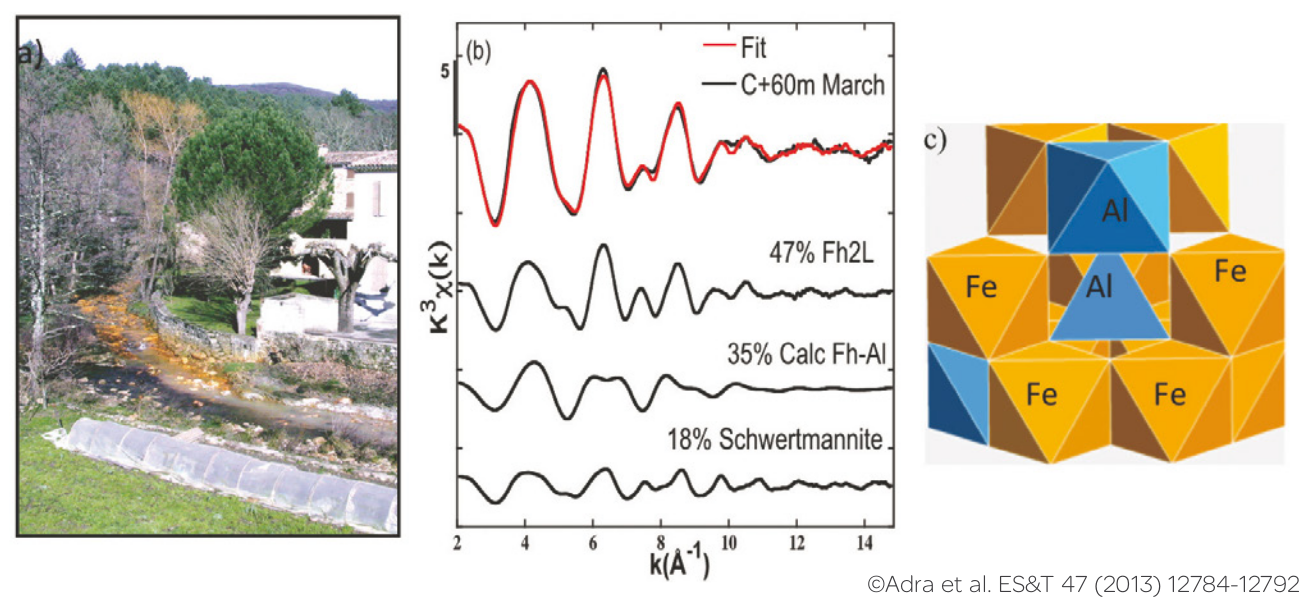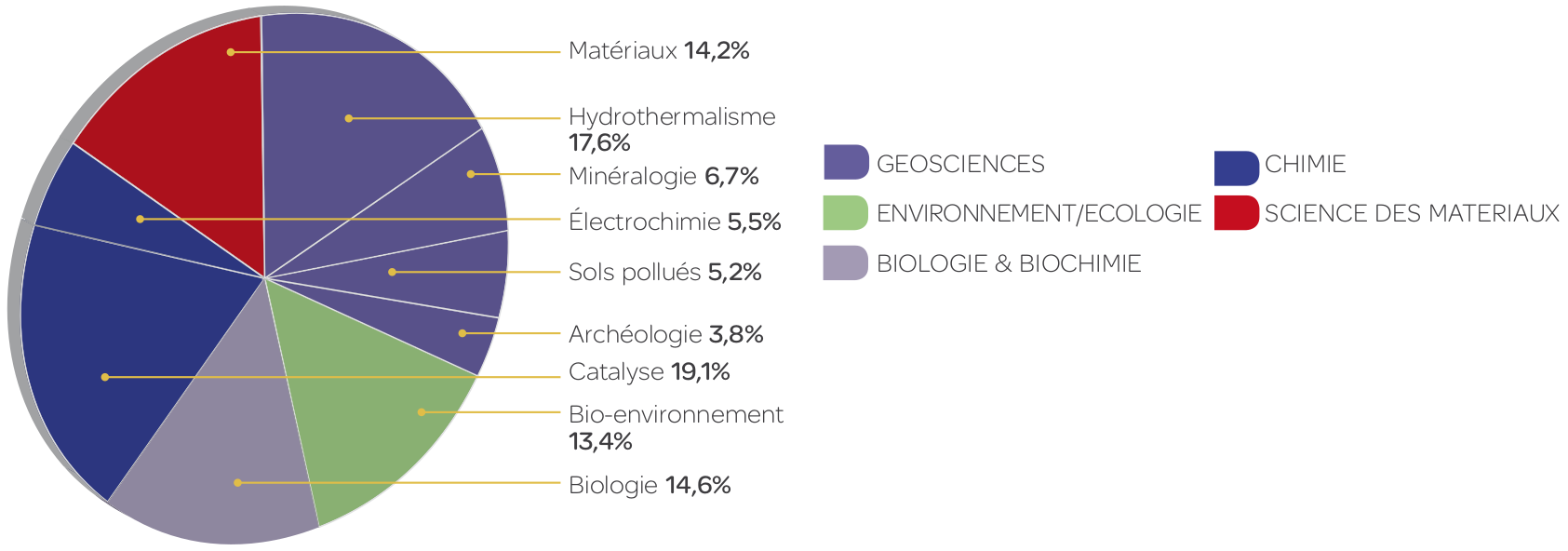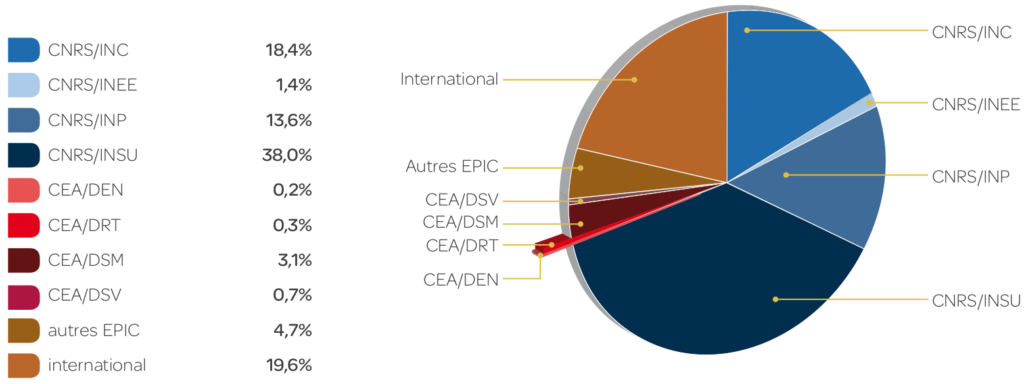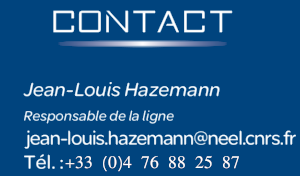Spectroscopie d’absorption, science de la terre et environnement
Ligne BM30 (voir le site public ou le site dédié aux utilisateurs)
FAME est dédiée à la Spectroscopie d’Absorption X. L’instrument, en combinant optimisation du flux de photons et détection de fluorescence, permet de sonder des éléments chimiques à des concentrations variant de 50ppm à 100%, en conditions in situ (haute pression & haute température…), operando (cellules d’électrochimie ou de catalyse…), à basse température (échantillons sensibles, études de transitions de phase…).

THÉMATIQUES

TECHNIQUES
> Spéciation chimique ex situ et in situ d’éléments traces par spectroscopie d’absorption X
> Mode : transmission & fluorescence
> Techniques : XANES & EXAFS
UTILISATEURS

BIBLIOMETRIE

289 publications depuis 2002
> H index : 43
> nombre moyen de citations par article : 22
Période 2005-2015 :
> publications les plus citées dans leur domaine (Incites Essential Science Indicators) :
1 publications parmi les 1 % les plus citées,
20 % des publications parmi les 10 % les plus citées,
36 % des publications parmi les 20 % les plus citées.
Publications phare
> A Noachian source region for the “Black Beauty meteorite, and a source lithology for Mars surface hydrated dust?”, Beck P., Pommerol A., Zanda B., Remusat L., Lorand J.-P., et al., Earth and Planetary Science Letters 427, 104-111, (2015).
> Important role for the trisulfur radical ion S3- in the formation of gold deposits on Earth Pokrovski G.S., Maria A. Kokh M.A., Guillaume D., Anastassia Y., et al., Proceedings of the National Academy of Sciences (2015).
> Copper distribution and speciation in bamboo exposed to a high Cu concentration and Si supplementation. First evidence on the presence of reduced copper bound to sulfur compounds in Poaceae, Collin B., Doelsch E., Keller C., Cazevieille P., et al., Environmental Pollution 187, 22-30, (2014).
> Photocatalysis with Chromium-Doped TiO2: Bulk and Surface Doping, Ould-Chikh S., Proux O., Afanasiev P., Khrouz L., et al., ChemSuschem 7, 1361–1371, (2014).

